Reducing air emissions.
In addition to CO2, ocean going ships generate emissions of sulphur oxides (SOx), nitrogen oxides (NOx), and particulate matter (PM). Many actions have been undertaken in recent years to significantly reduce air emissions from ships, mostly through Annex VI of MARPOL, an international treaty developed through the IMO (link) that establishes legally binding international standards to regulate emissions and discharges generated by ships. Together with our members, we lead the call for stringent international standards controlling air emissions from ships.
Recent important developments where WSC has contributed include the IMO 2020 reduction of the cap on sulphur emissions from ships on the high seas from 3.5% to 0.5%, and the introduction of regional Emission Control Areas (ECA zones) limiting sulphur and NOx emissions from ships in specific geographic areas of the world. The decarbonization of the industry should also serve to reduce and eventually eliminate NOx, SOx, and PM emissions as the industry moves away from carbon fuels.
An ECA may be created to control sulphur (0.1%), NOx (Tier III engine requirement for new ships operating in the area, or both SOx and NOx. The geographic application does not have a uniform distance but is determined by those parties proposing the area and subject to approval under MARPOL..

